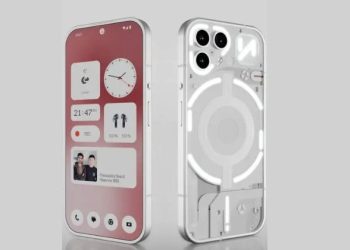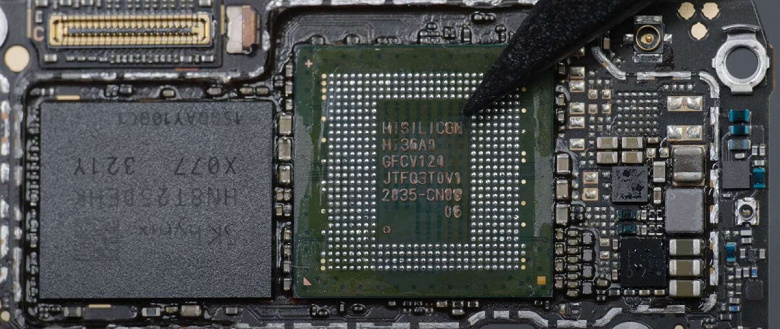Superconducting quantum computers get smaller thanks to graphene
The other day on the same day, Nature published two different articles on the graphene-based device. This device is a bolometer, a device invented about 150 years ago for recording electromagnetic radiation. Interestingly, both new studies using graphene have propelled this material into the newest field of quantum computing. Graphene, as it turns out, is useful even there.









